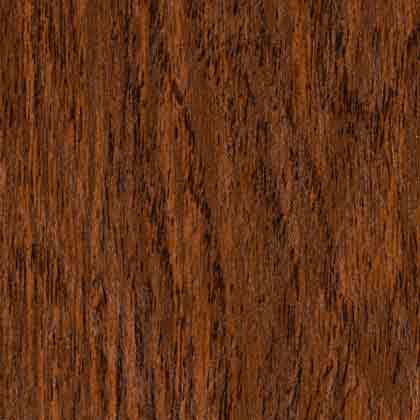Important: If your table is square or rectangular with rounded corners, a pattern is needed. Remember that rounded corners can have different sizes, from very small like a dime to very large like a basketball rim. Either way, rounded corners require you to make a pattern: choose a new shape, “Rectangle with rounded corners,” and then instructions on “How to Make a Pattern” will appear here.
If your table is perfectly square or rectangular, with sharp square corners, we do not need a pattern. (Think of a shoebox: it has straight sides, straight ends and four sharp square corners.)
80% of tables thought to be round are not true perfect circles. In order to give you the best fit, we would like you to measure the width and length. In our industry we consider the width to be along the split, and the length to be opposite or perpendicular to the split.
If your round table has no split, we would still like you to measure in two directions: pick one direction to be the width (for instance, following the grain) and then the opposite or perpendicular direction is the length.
If the width and length are off by even 1/8ʺ, we want to know. We draw round table pads with a giant compass and we will make this adjustment.
If the width and length are off by more than 1/2ʺ, a pattern is needed. How to make a pattern
Important: If your buffet/dresser is square or rectangular with rounded corners, a pattern is needed. Remember that rounded corners can have different sizes, from very small like a dime to very large like a basketball rim. Either way, rounded corners require you to make a pattern: choose a new shape, “Other shaped” buffet/dresser, and then instructions on “How to Make a Pattern” will appear here.
If your buffet/dresser is perfectly rectangular, with sharp square corners, we do not need a pattern. (Think of a shoebox: it has straight sides, straight ends and four sharp square corners.)
The main objective in making pads for a dropleaf table is to maintain versatility. This means we usually make one pad for each drop leaf, and a separate pad for the center section. On some dropleaf tables, the center section is solid. On others, it separates and opens for insert leaves, so we make a separate pad for each insert leaf.
Important: If your dropleaf table is oval, rectangular with rounded corners, or any other non-rectangular shape, a pattern is needed. Remember that rounded corners can have different sizes, from very small like a dime to very large like a basketball rim. All of these shapes require you to make a pattern as instructed below.
If your dropleaf table and leaves are perfectly rectangular, with sharp square corners, we do not need a pattern. (Think of a shoebox: it has straight sides, straight ends and four sharp square corners.)
Important: If your harvest dropleaf table is square or rectangular with rounded corners, or any other non-rectangular shape, a pattern is needed. Remember that rounded corners can have different sizes, from very small like a dime to very large like a basketball rim. Either way, rounded corners require you to make a pattern as instructed below.
If your harvest table and leaves are perfectly rectangular, with sharp square corners, we do not need a pattern. (Think of a shoebox: it has straight sides, straight ends and four sharp square corners.)
When leaves slide into the ends, they do not usually fit flush. This is because the leaves and the main table have been finished with a bevel on all four sides, creating a “V” or gap that we need to account for. That is why it is important to measure only the flat top surface of each section, and why we ask for the length of the table without leaves above.
Please call us at 1-800-541-0271 so we can do the math and explain how we will accommodate the gap.
We also ask for the size of each leaf if you include leaves in your order: do not assume the leaves are the same.
Important: If your refectory table is square or rectangular with rounded corners, or any other non-rectangular shape, a pattern is needed. Remember that rounded corners can have different sizes, from very small like a dime to very large like a basketball rim. Either way, rounded corners require you to make a pattern as instructed below.
If your refectory table and leaves are perfectly rectangular, with sharp square corners, we do not need a pattern. (Think of a shoebox: it has straight sides, straight ends and four sharp square corners.)
















































 Please follow these directions carefully. The fit of your table pad can only be as nice as your pattern and as accurate as your measurements. Please do not hesitate to call 1-800-541-0271 before getting started if you have any questions.
Please follow these directions carefully. The fit of your table pad can only be as nice as your pattern and as accurate as your measurements. Please do not hesitate to call 1-800-541-0271 before getting started if you have any questions. Only make a pattern of the center section if it is not rectangular in shape.
Only make a pattern of the center section if it is not rectangular in shape.